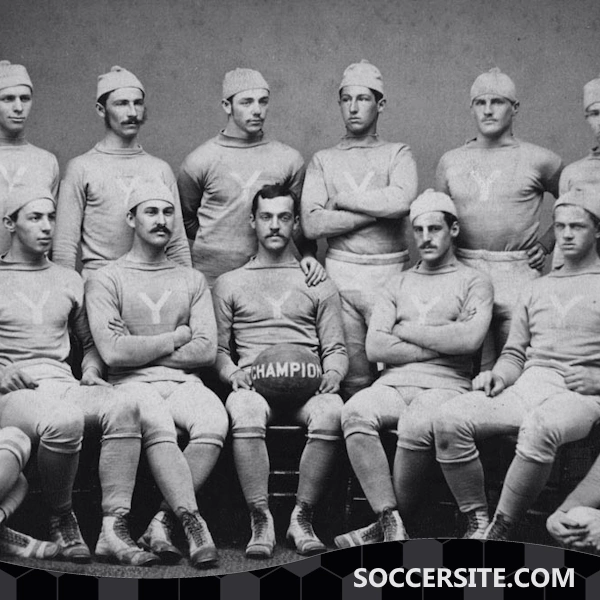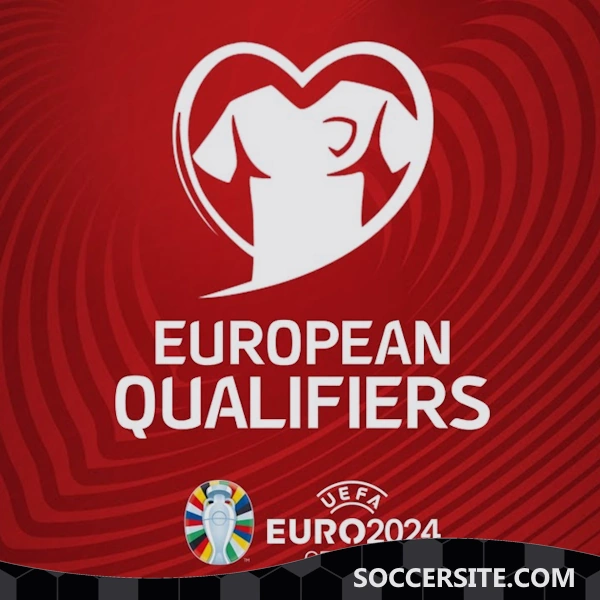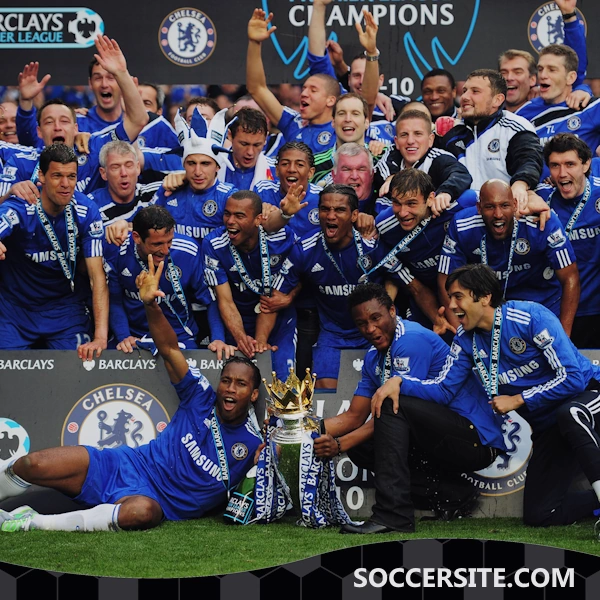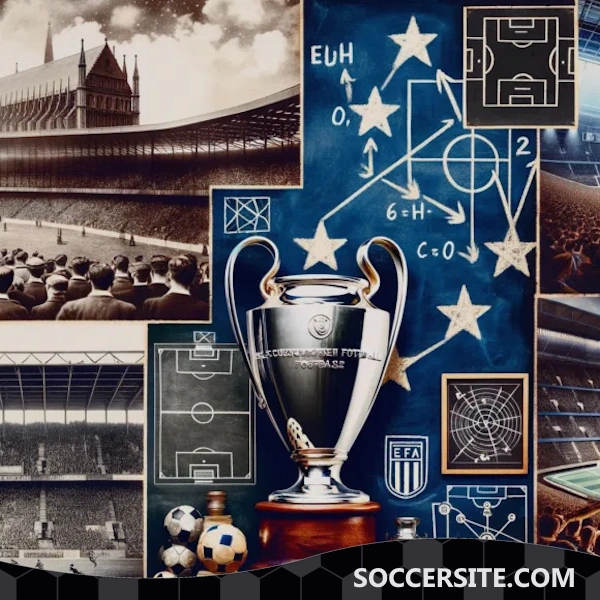
Football, a sport cherished by billions worldwide, has a rich and diverse history. Often it's assumed that football started in England in the late 19th century, but its origins go much further back. From the dusty fields of ancient civilizations to the state-of-the-art stadiums of today, the journey of football is a testament to human passion, unity, and spirit.
The Ancient Precursors of Football
Long before the formation of modern football, ancient civilizations played ball games with varying rules and objectives. The ancient Greeks had a game called "Episkyros," which bore some resemblance to football. Made up of two teams, players would try to push the ball past the opposing side's boundary lines using their hands and feet. The ball was made from leather filled with hair or feathers, making it bouncy and apt for the game. In China, the game of "Cuju" emerged around the 2nd or 3rd century BC. Players used their feet to kick a leather ball filled with feathers into a net, drawing parallels to today's game. Remarkably, this game was not only for recreation but also had a ceremonial significance in the military and royal courts.
The Middle Ages: A Mix of Chaos and Passion
Football, during the medieval times in Europe, was more than just a sport—it was an event. Towns and villages would compete against each other in boisterous matches that often resembled mob-like chaos rather than an organized game. With a pig's bladder serving as the ball, these matches had vague objectives and even vaguer rules. There were no defined team sizes or playing areas; entire towns sometimes participated, and matches could span several days. Streets, fields, and town squares would be filled with enthusiastic participants, with goals often set miles apart. Despite its seemingly chaotic nature, this medieval version of football was a testament to the community spirit and love for the game that would evolve into the modern sport we know today.
The Birth of Modern Football in England
By the 19th century, the need for standardized rules became evident as various forms of football were being played in schools and universities across England. The discrepancies in rules were so significant that matches between different institutions could be entirely distinct games. Some schools allowed handling the ball, which would later evolve into rugby, while others strictly used feet. The establishment of the Football Association in 1863 marked a pivotal point. They set out standardized rules, many of which remain in today's game, such as the prohibition of using hands (for outfield players) and the establishment of a clear boundary for the pitch. This codification made it easier for teams from different regions to compete and marked the beginning of the organized, modern version of football.
Football Spreads Across the Globe
The establishment of standardized rules was a catalyst for football's global expansion. British expatriates, traders, and soldiers introduced the game to different parts of the world. From the shores of South America to the vast landscapes of Africa and the bustling cities of mainland Europe, football found a home. Each region adapted the game, infusing it with its own culture and style. National associations were established, and international competitions began to emerge. The first official international fixture between Scotland and England in 1872 paved the way for more international competitions. The formation of FIFA in 1904 and the inception of the FIFA World Cup in 1930 were monumental in propelling football to the global stage.
The Evolution of the Beautiful Game
With its global spread, football began its intrinsic evolution. From basic formations, intricate tactics and strategies began to emerge. Clubs formed, offering players professional opportunities and fostering local and national pride. The advent of televised matches in the 20th century brought the game into living rooms, making superstars out of footballers and allowing fans to connect with teams from all over the world. Innovations in equipment, from leather boots to modern synthetic cleats, and from heavy leather balls to lightweight, aerodynamic ones, changed how the game was played. European competitions, like the UEFA Champions League, added another layer of prestige to the game, bringing together the elite clubs to compete on the grandest stage.
From its ancient antecedents to its modern incarnation, football's journey is a reflection of humanity's love for competition, camaraderie, and community. Its origins remind us that the joy of playing and watching the beautiful game is deeply embedded in our history and culture.







